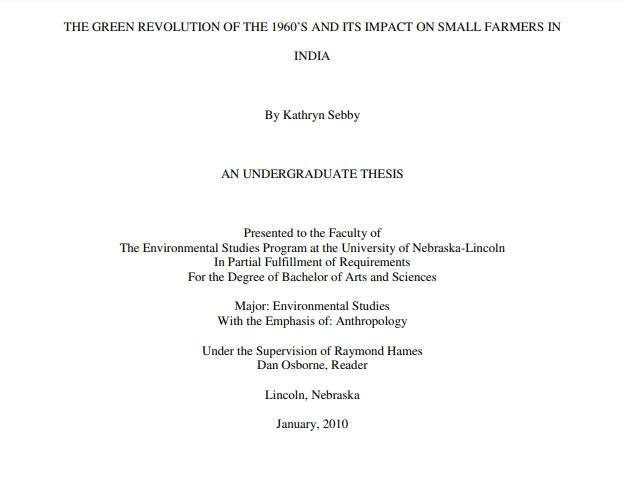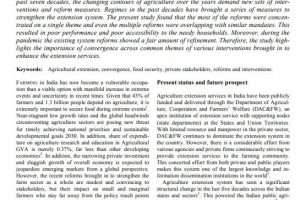A series of interventions initiated in mid-1960s that led to the green revolution in cereal production transformed the country from a situation of food deficiency to self sufficiency. The green revolution was however, restricted to productivity improvements in cereals- especially wheat and rice- in the initial decades, primarily grown in irrigated regions. In subsequent decades, productivity increased in other crops, namely oilseeds, sugarcane, cotton, fruits and vegetables. The Green Revolution generally bypassed India’s vast rainfed tracts, especially arid zones, hill and mountain ecosystems and coastal regions, thus exacerbating agro-ecological and economic disparities. Although self sufficiency was attained in food grain production, potential of different crop varieties are yet to be attained.
Technology Transfer and Extention : Towards a Second Green Revolution
February 25, 2018
115 Views
1 Min Read

-
Share This!




Add Comment